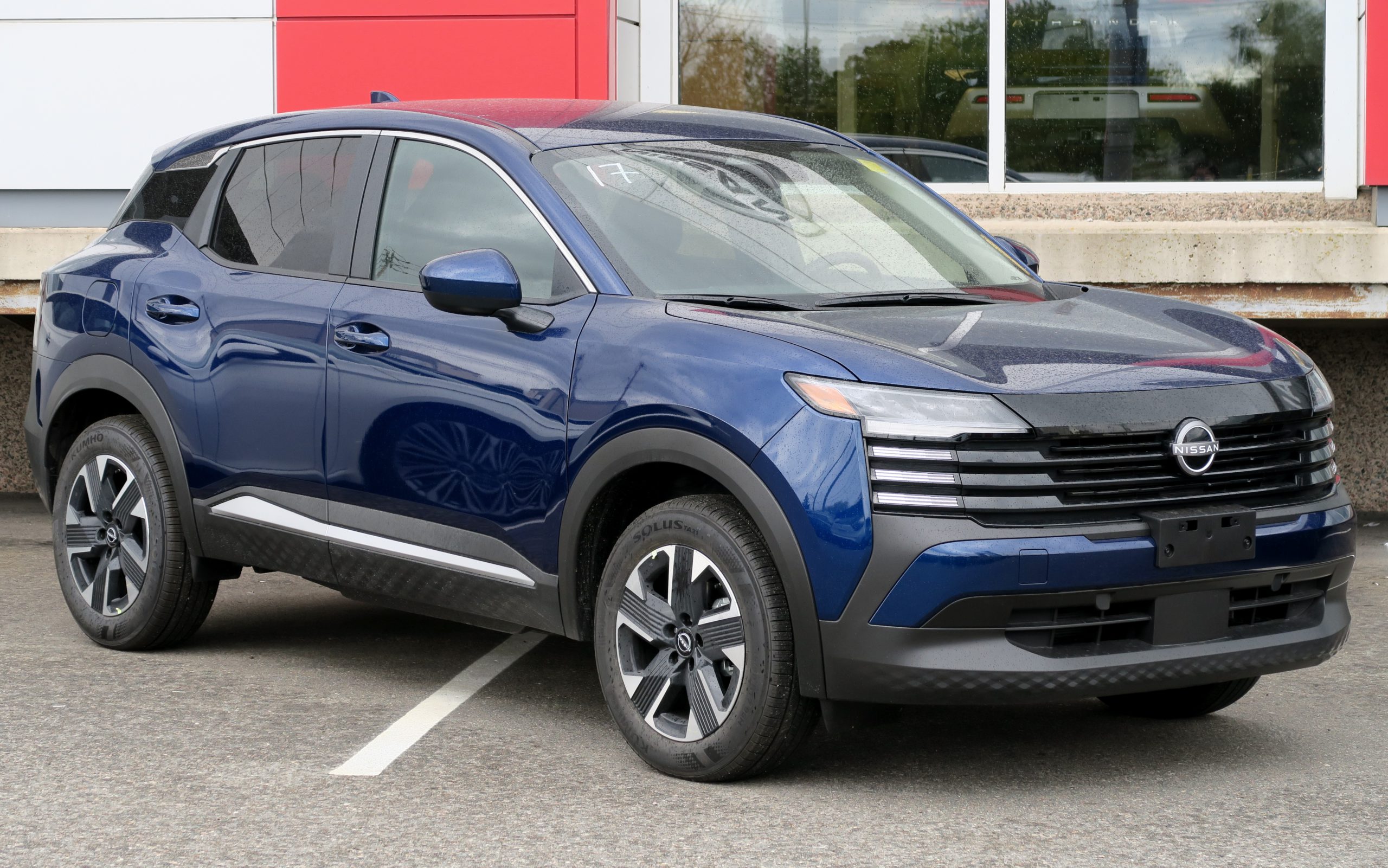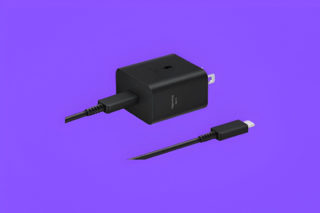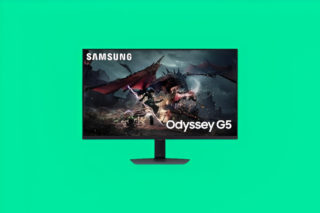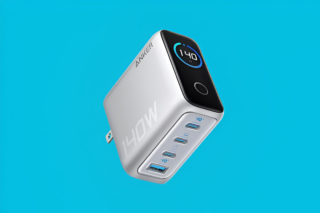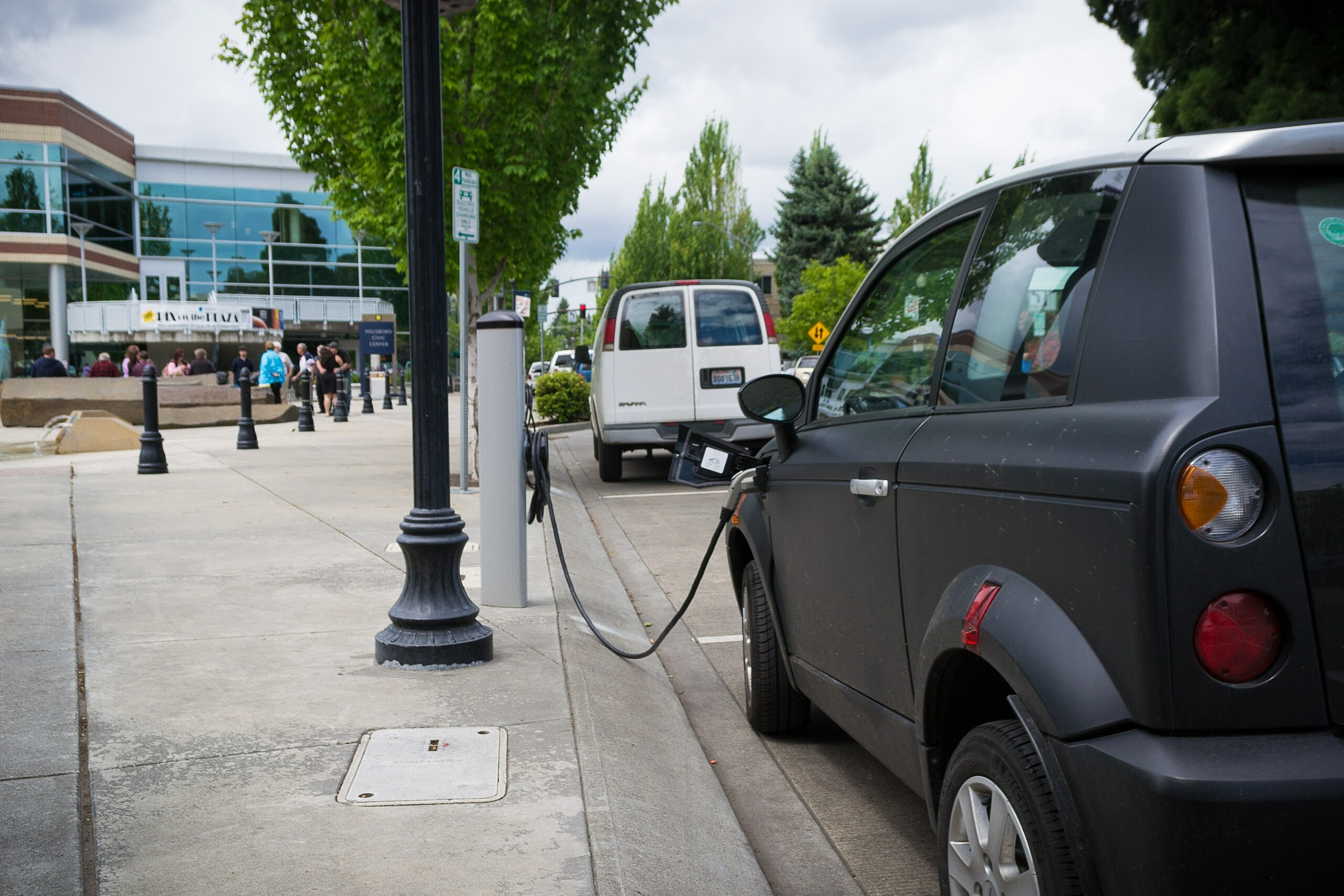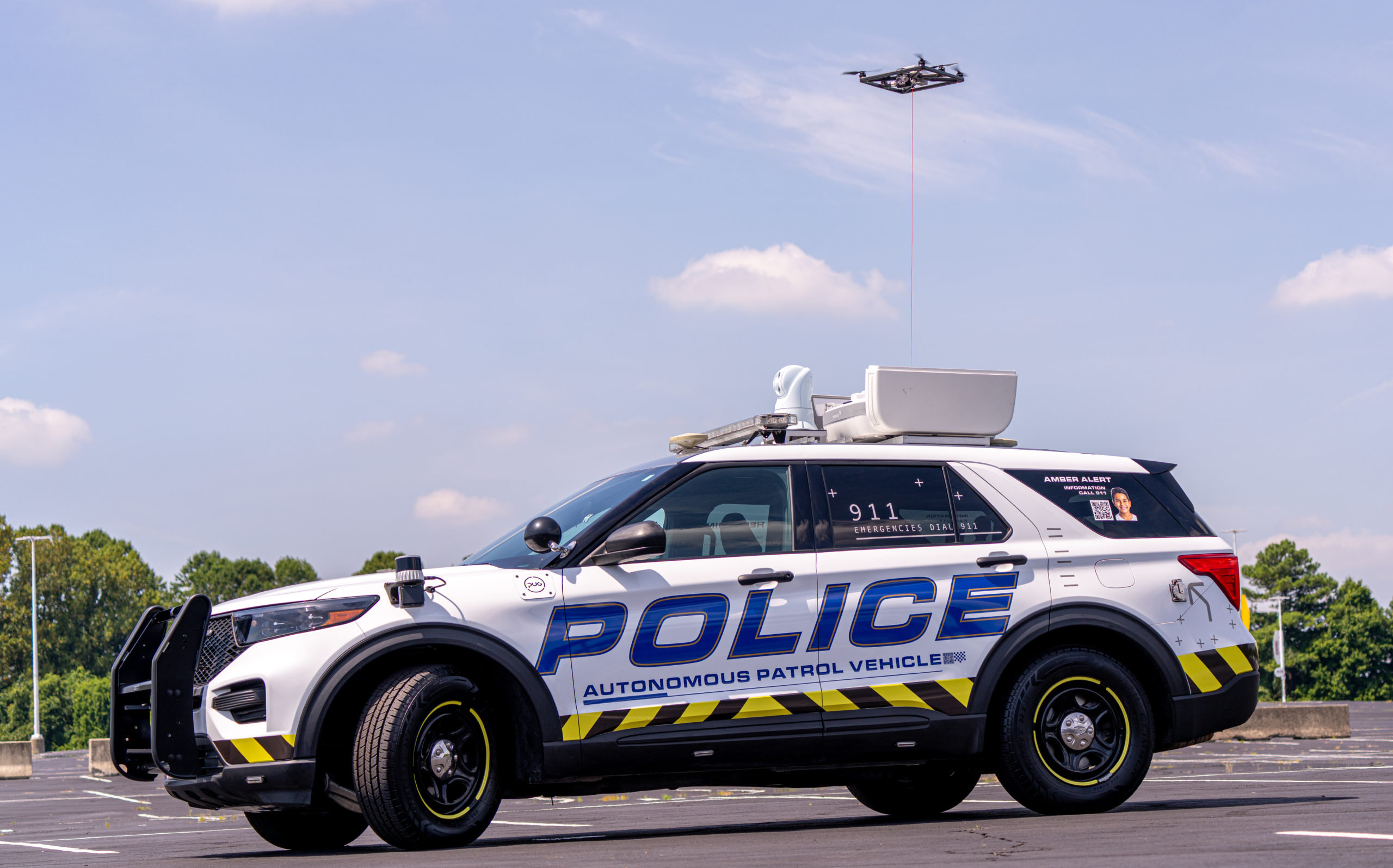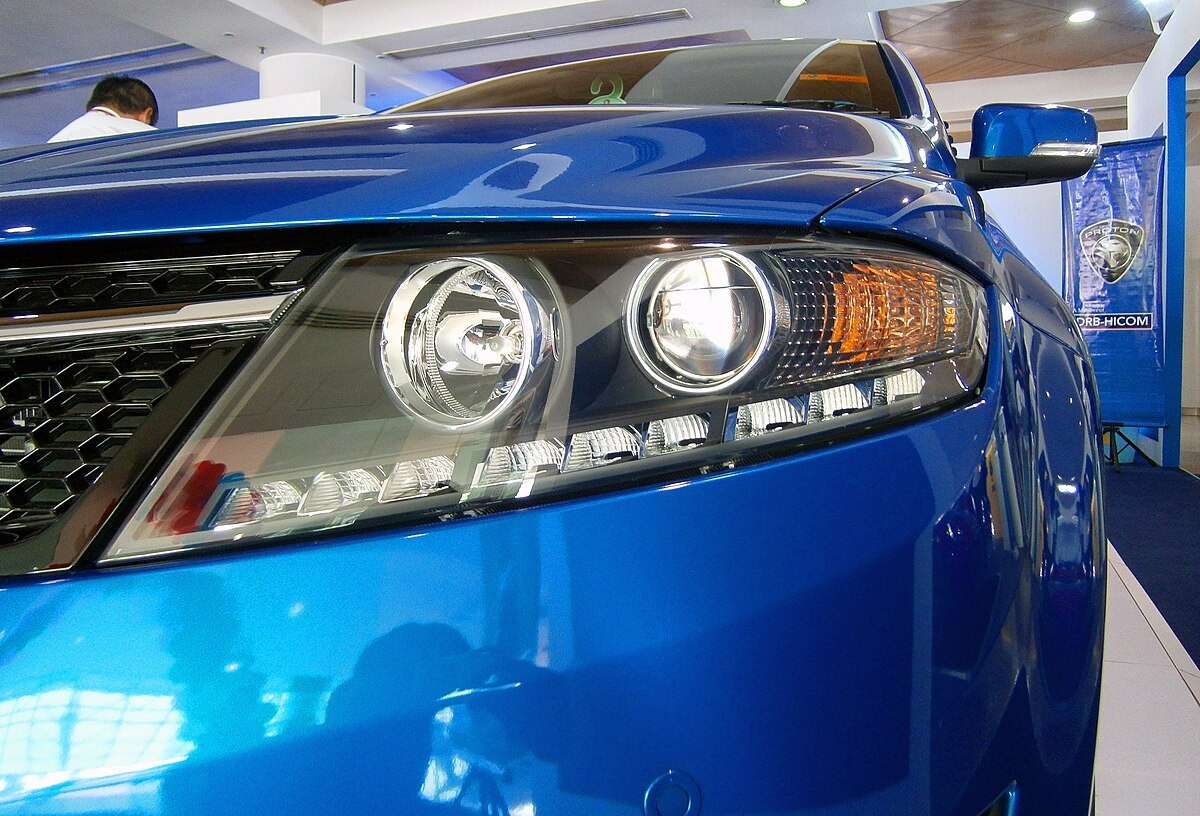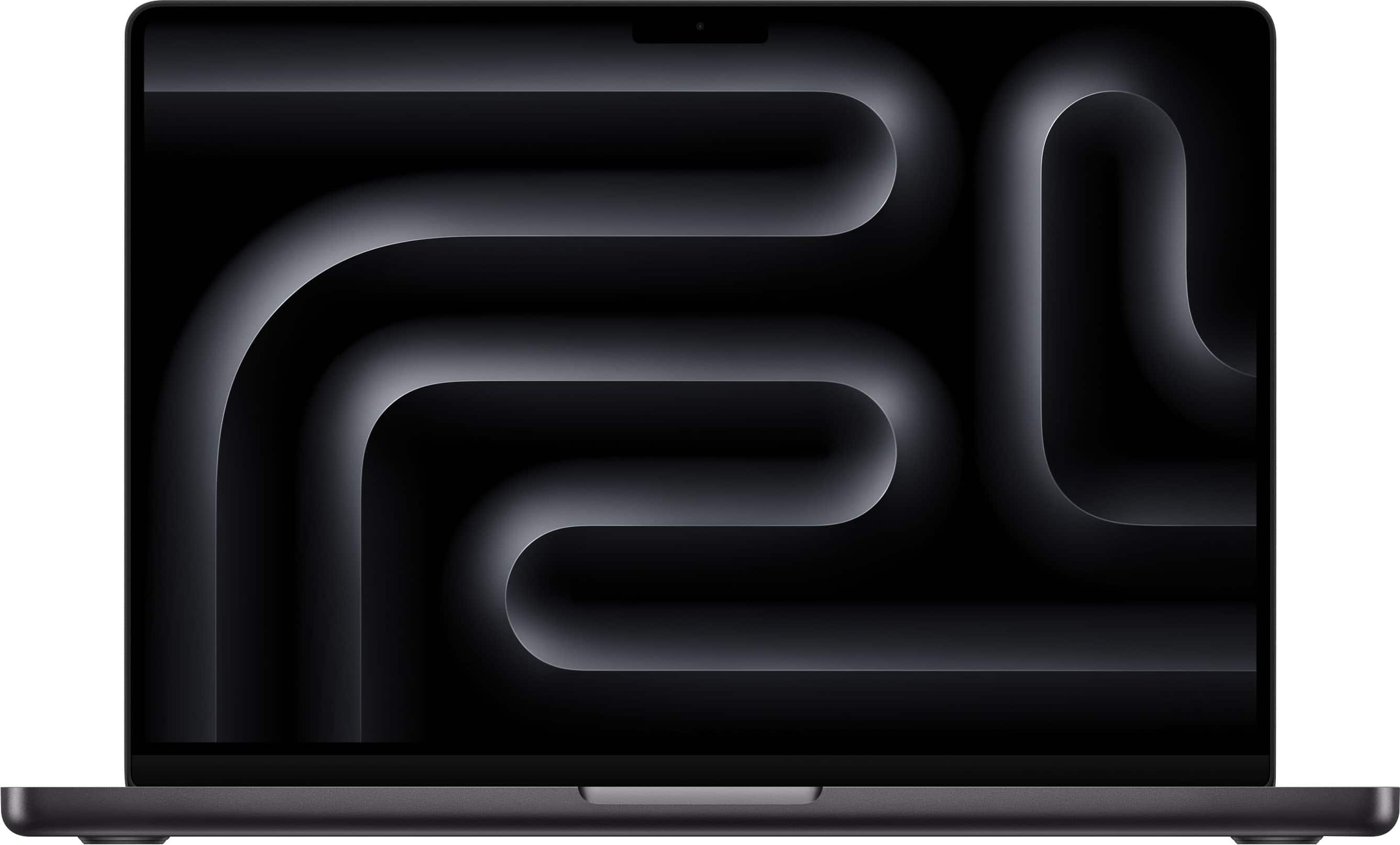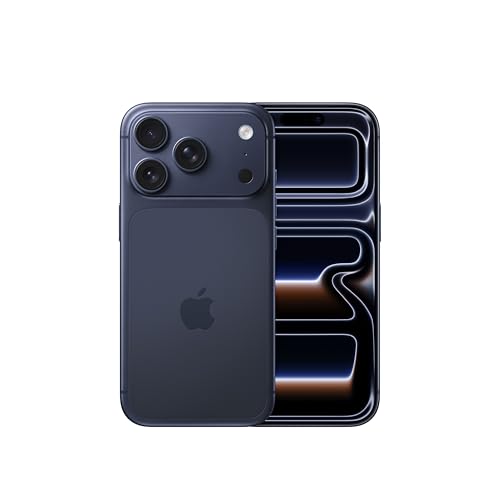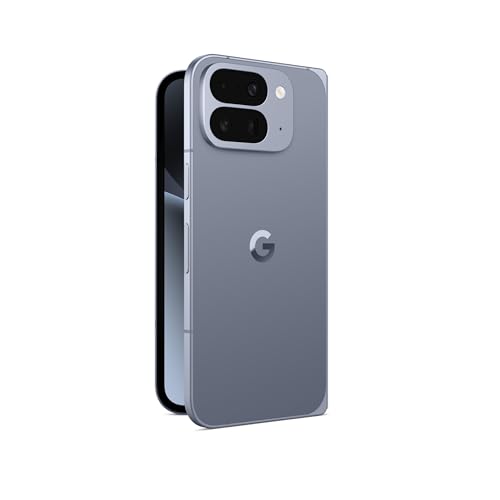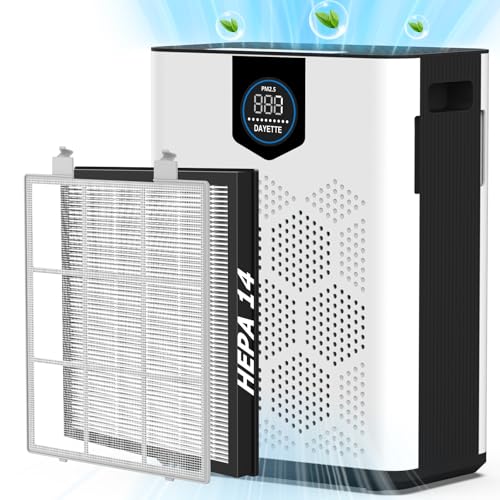That sinking feeling when your check engine light flickers on doesn’t have to mean an expensive diagnostic fee at the shop. Your smartphone already handles banking, navigation, and ordering food—why not car diagnostics too? The OBD2 system built into every US car since 1996 lets you scan fault codes directly from your phone, turning a costly mechanic visit into a 5-minute DIY task.
What You Actually Need
Skip the dealership’s overpriced scanner. A basic OBD2 adapter costs $15-30 and does the same job. Popular options like the Veepeak OBDCheck and BAFX Products scanners connect via Bluetooth and pair easily with diagnostic apps. Android users get excellent results with Torque Pro ($5), while iPhone owners can choose the free Car Scanner or the more feature-rich OBD Fusion ($10).
The Scanning Process
Three simple steps turn your phone into a diagnostic powerhouse.
Find your car’s OBD2 port under the dashboard, plug in the adapter, then pair it with your phone via Bluetooth or Wi-Fi. Open your chosen app and hit scan—within seconds, you’ll see codes like P0301, which indicates a misfire in cylinder 1. The app translates these cryptic combinations into plain English, explaining what’s actually wrong with your ride.
Beyond Basic Code Reading
Real-time data monitoring reveals your car’s hidden performance metrics.
These apps do more than decode warning lights. You can monitor real-time engine data, track fuel efficiency, and spot problems before they trigger warning lights. Custom dashboards let you display the metrics you care about most, while trip logging helps optimize your driving habits. It’s like having a Netflix dashboard for your engine—except the data actually matters.
The Money-Saving Reality
Early detection prevents small problems from becoming wallet-draining disasters.
Catching issues early can save serious money. That rough idle you’ve been ignoring might just need a spark plug replacement rather than major engine work. Your phone becomes an early warning system, flagging problems when they’re still manageable fixes. The adapter typically pays for itself after avoiding just one unnecessary diagnostic fee at the shop.


